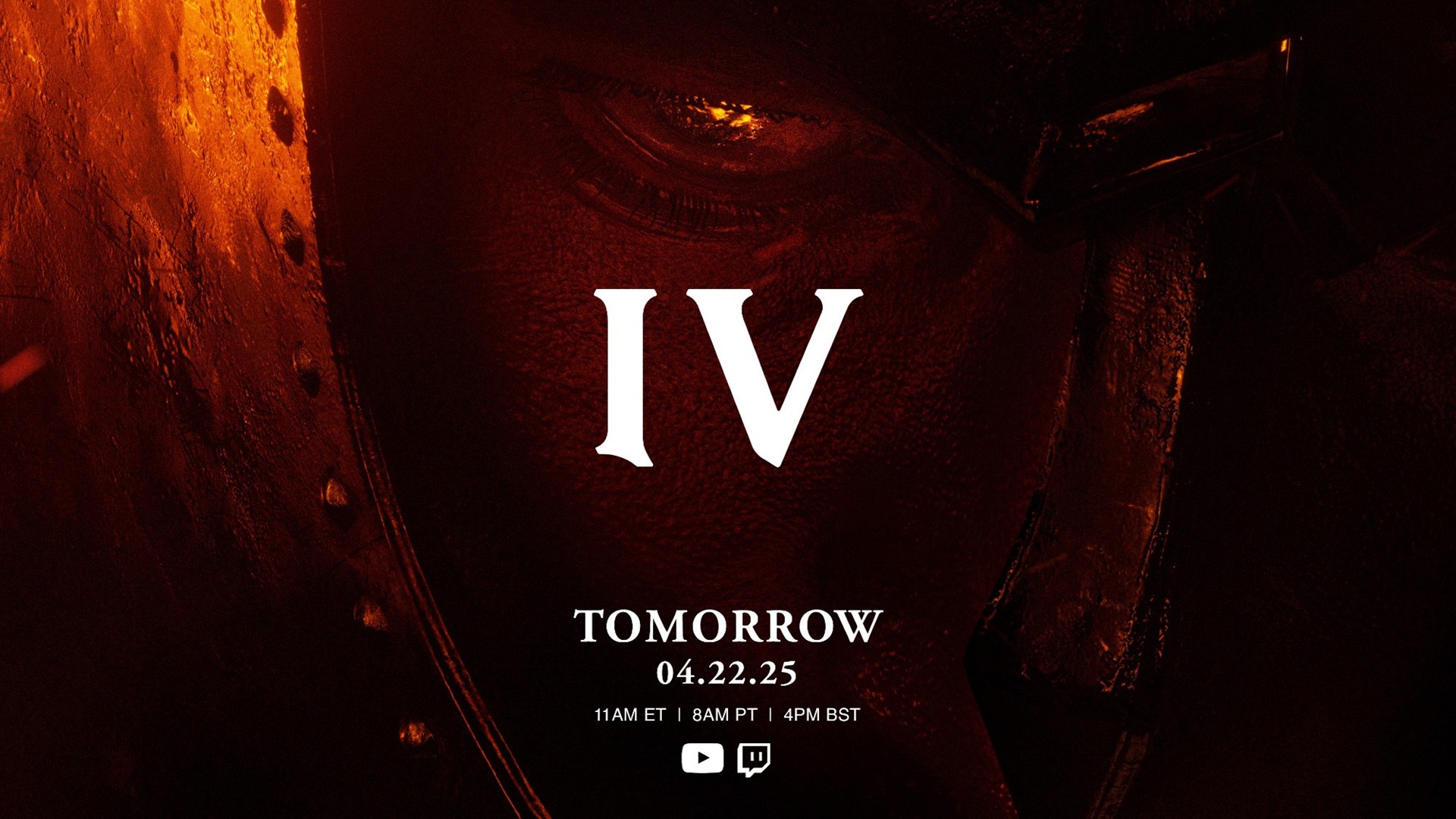Future of the PC is an intelligent cloud that connects a family of devices
The modern PC is evolving but not into a single form factor, as some may believe.
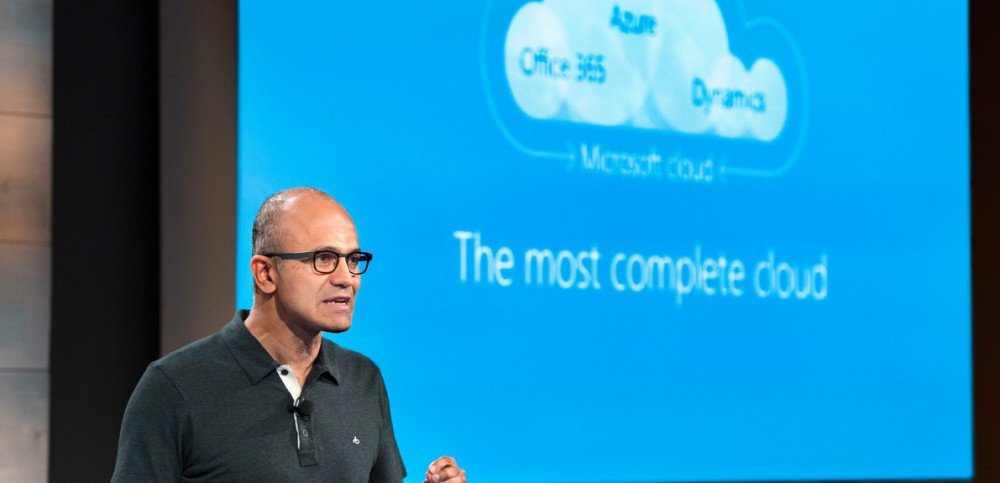
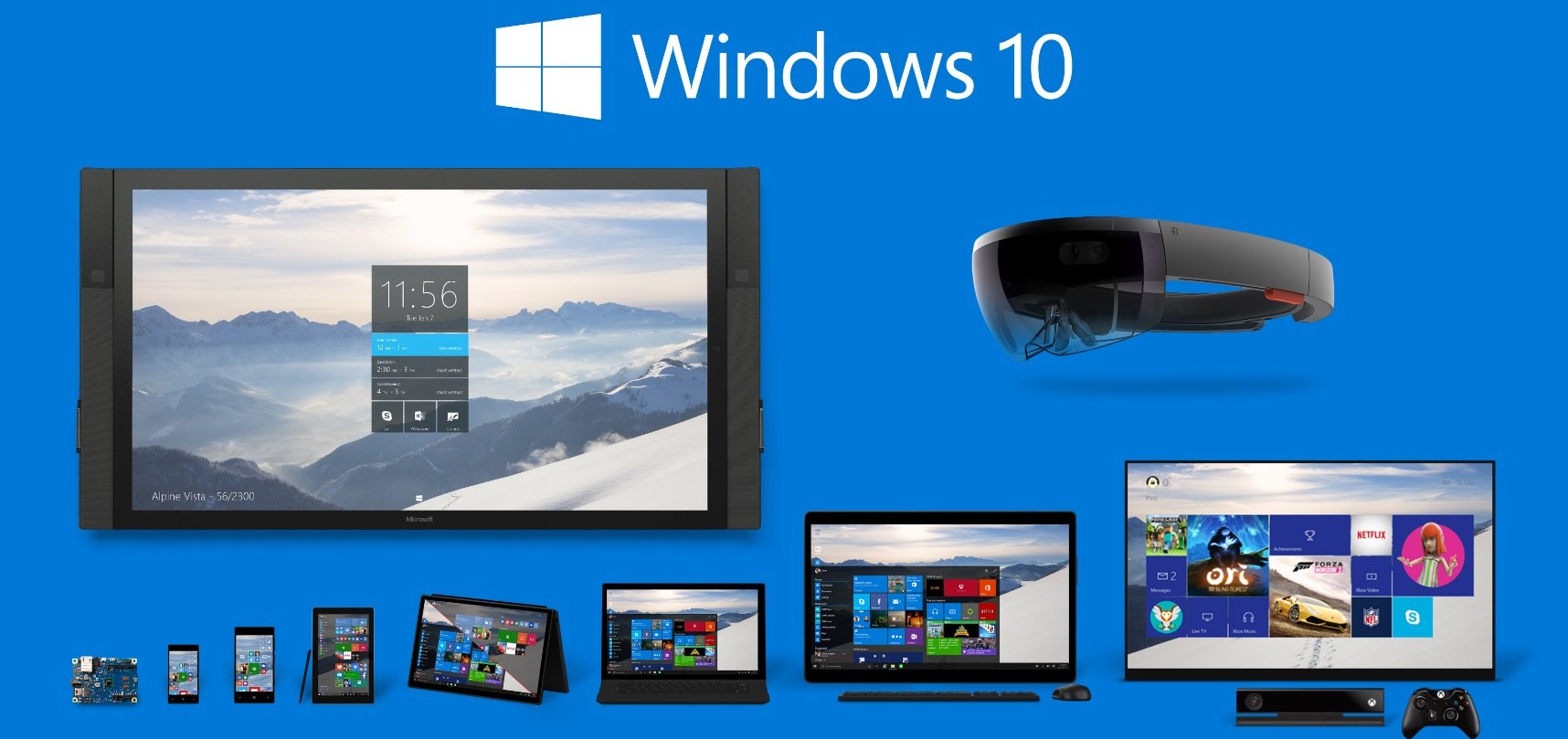
The transient nature of personal computing, from mobile to sedentary to consumption and to productivity settings, has made personal computing very complex. Gone are the days where all of our computing occurred on a single device, such as a Windows PC, Mac or even a smartphone.
To accommodate our "transient computing" behavior, the "PC" (a personal device that handles our computing needs) is evolving into a family of context-relevant hardware on which computing occurs across devices, and our digital experiences occur increasingly within an intelligent cloud.
The "personal computer" is more than a single device.
There are some who point to a single form factor as the evolved or redefined PC. I think the mobility of our digital experiences paints a much larger and more complex picture of what the PC is and will become.
Microsoft is instrumental in redefining the PC
I recently wrote, that "Microsoft – not Apple – is redefining the modern PC." In that piece, I challenged respected writer Walt Mossberg's analysis that Apple is best positioned to redefine the PC. He believes an ARM-based laptop running only iOS apps will redefine the PC. From Mossberg:
But the signs of a shift to ARM only set the stage for a bigger development: The migration of the most important modern software platforms, Android and iOS, to laptops and other traditional hardware that once defined the old kind of PC ...I believe it won't matter much until Apple builds an ARM-based laptop running iOS.
I thought his view lacked the perspective of the evolving PC form factors beyond the laptop and traditional PC, as well as the platforms such as Microsoft Cloud, Windows Mixed-Reality and the Universal Windows Platform (UWP), that are driving innovation in new PC experiences across the industry.
Microsoft's mobility-of-experiences focus
Microsoft CEO Satya Nadella has made a point of emphasizing his vision of the mobility of a user's experiences. He stresses that mobility is not about the mobility of a given device, but is about the mobility of a user's digital experiences across devices. This is an important point to acknowledge in this modern age of personal computing, where many consumers use multiple devices such as smartphones, tablets, PCs and laptops as portals to their digital content.
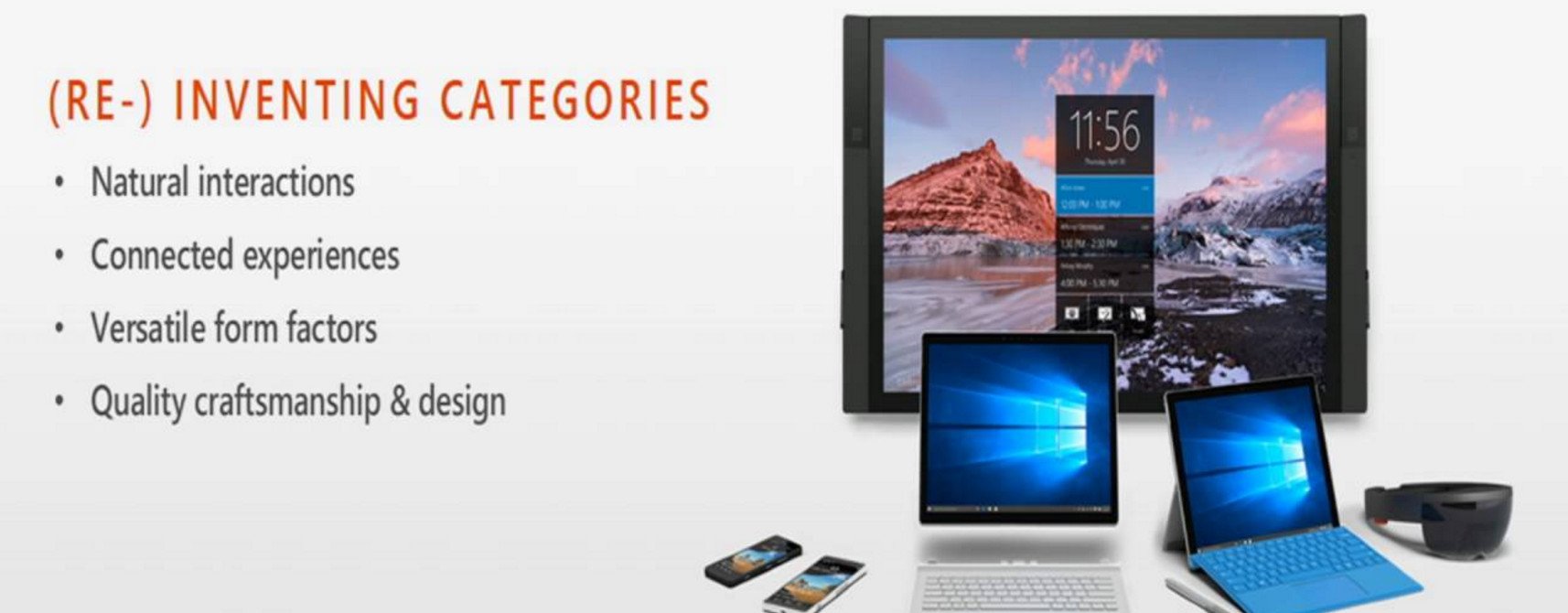
Consumers use many types of devices as portals to their digital content.
As much of that digital content exists in the cloud, a single device, even a "primary computing" device, or "PC," such as a smartphone, begins to fade into the background, and the current and future personal computing landscape comes into view.
Get the Windows Central Newsletter
All the latest news, reviews, and guides for Windows and Xbox diehards.
That is, as the intelligent cloud continues its integration into our lives as the personal computing platform, we will become more aware of the ephemeral existence of, our access to and our ability to manipulate, our digital content wherever and whenever, on context-relevant hardware, and we'll be less focused on a single device.
Microsoft's cloud focus, UWP and the Windows 10 device family create a foundation and ecosystem for this personal computing landscape. Mossberg's vision of iOS apps on a laptop seems like a short-sighted goal by comparison.
Microsoft is solidifying its vision, Apple has not presented iOS on a laptop
If Microsoft had not already redefined the PC with the Windows 10 device family (including Surface and HoloLens), the UWP, Continuum and a host of PC partners who have brought millions of Windows 10 laptops and 2-in-1s (that run mobile apps) to consumers over the last two years, I might be inclined to agree with Mossberg. If industries, businesses, and entities such as NASA and the military were not adopting HoloLens, a wearable Windows 10 PC, I again might be inclined to agree with Mossberg. If Windows Mixed-Reality (formerly Windows Holographic) wasn't powering much of the industry's virtual, augmented and mixed-reality personal computing endeavors, well ... I think you get my point.
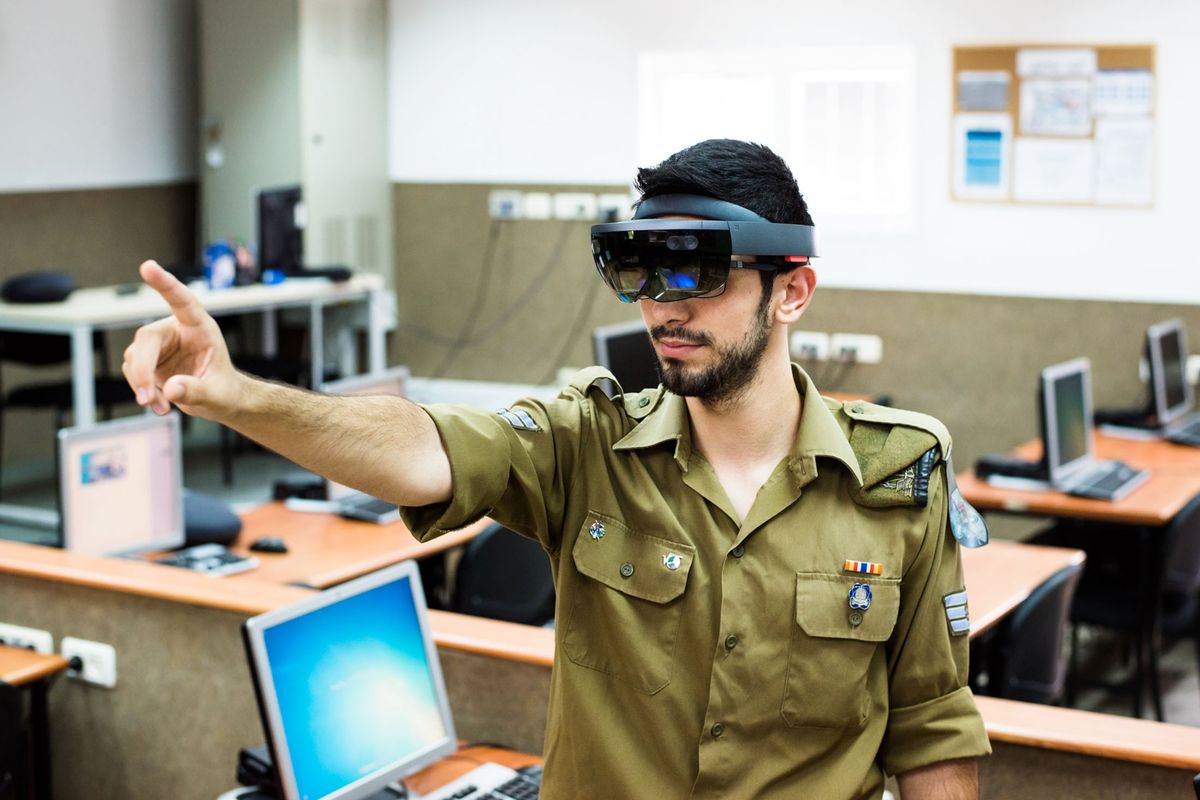
Microsoft is a driver and platform for multiple personal computing modalities.
Personal computers and personal computing take many forms and are broadly and deeply represented in our industries, lives, businesses and cutting-edge areas that push the boundaries of innovation.
The intelligent cloud, where Microsoft ranks second only to Amazon, powers computing for both large enterprises and is the unifying thread for the consumer's digital experiences. Here I'll address these instrumental agents to the PCs evolution, which are profoundly more relevant than a copy-cat move of putting a mobile OS and mobile apps on a laptop form factor.
Before we get there, since Mossberg's analysis was founded on iOS's and Android's dominant mobile ecosystems and Microsoft's consumer failure of the same, let's review my previous argument and begin there. (If you read my last piece you can skip the next section.)
Windows 10 Mobile is irrelevant, but Microsoft still drives the shift
Mossberg asserts that Microsoft's mobile app ecosystem lacks the critical mass to propel a mass adoption of a traditional productivity form factor, a laptop, that runs mobile apps. With that, I must agree, at least in the sense that Windows on phone (and the companion app ecosystem), which now has less than one percent share, has been unsuccessful.
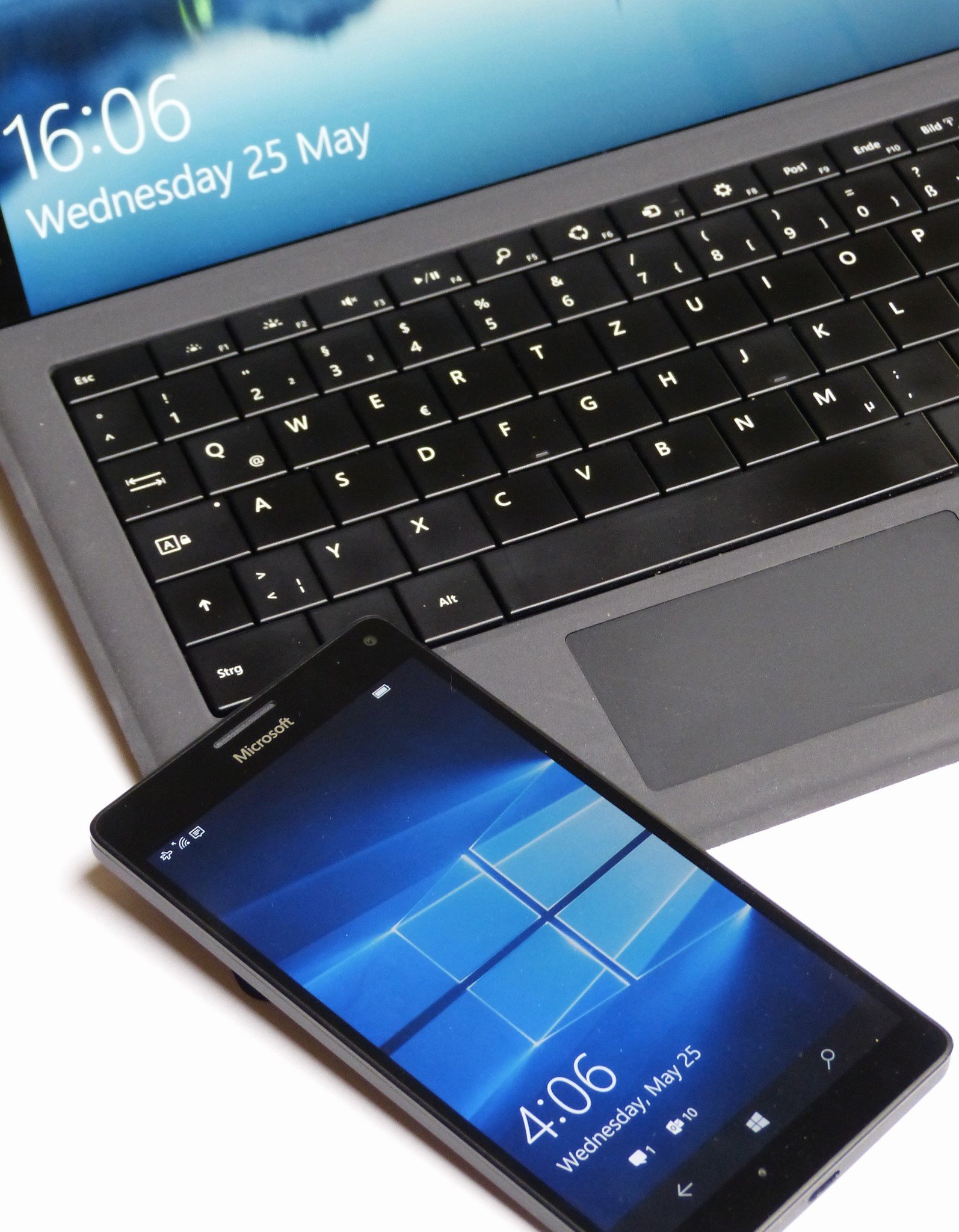
But Windows 10, because of the UWP and universal apps, is just as valid a "mobile" OS as Android and iOS, though (sadly) it is less relevant on a pocketable form-factor.
Windows 10 is a mobile and desktop OS.
Android and iOS are important from Mossberg's perspective because they are the primary mobile platforms that consumers use. And bringing mobile platforms and their associated apps to a productivity-focused clam-shell form factor, he asserts, is the direction in which the PC is evolving. It is, and it has, but it's not waiting on Apple.
Mobile apps (as part of an OS that fit a productivity-focused desktop context) are what Microsoft's UWP, which is supported by context-conforming universal Windows apps, accomplishes. These apps fit mobile, desktop and even mixed-reality personal computing environments.
As such, part of Microsoft's vision for the "redefined" PC has been rolling out for nearly two years, and Windows 10-based 2-in-1s and laptops have been embraced by consumers and PC manufacturers.
Mossberg is right ... and wrong
You see, Mossberg's shift is happening. But it is not waiting for an uncertain move by Apple to make iOS and iOS apps fully compatible with a keyboard-and-mouse productivity scenario, akin to what Windows 10 touch-enabled 2-in-1s and laptops provide.
Nor has it been dependent on a mobile app ecosystem to promote mass adoption of the form factor running mobile apps. (See my previous piece for a major caveat). It is being propelled by Windows 10 PCs and Microsoft's OEM partners that have been seeding the market with the type of touch-enabled clam-shell devices that have mobile apps, that Mossberg asserts iOS would be the transformative agent in promoting to the masses.
Windows 10's effects on transforming the PC go much further than 2-in-1s and laptops, however.
The ties that bind
A recent Cntrl-Walt-Delete podcast featured the following statement: "This week Walt [Mossberg] and Nilay discuss how they use their tablets, laptops and phones and how there's something missing linking those gadgets."
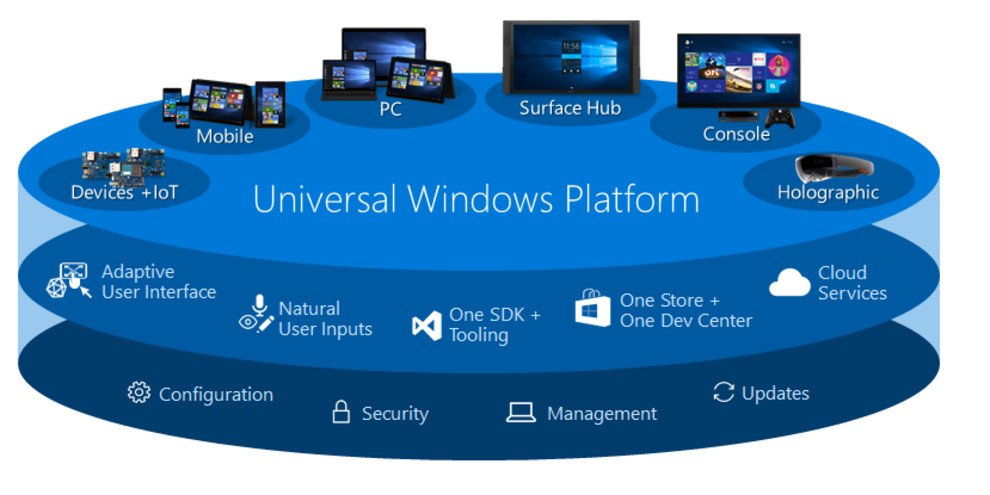
Though Microsoft has not yet optimally implemented its intelligent cloud, Windows 10, UWP and Windows 10 device family strategy, I believe it is or at least best represents the gadget-connecting link for which Walt, and his co-host, The Verge's Nilay Patel are searching for. Microsoft's platform approach not only has the goal of unifying a user's digital experiences across Windows 10 devices, but Redmond is also incorporating iOS and Android in its mobility-of-experiences vision.
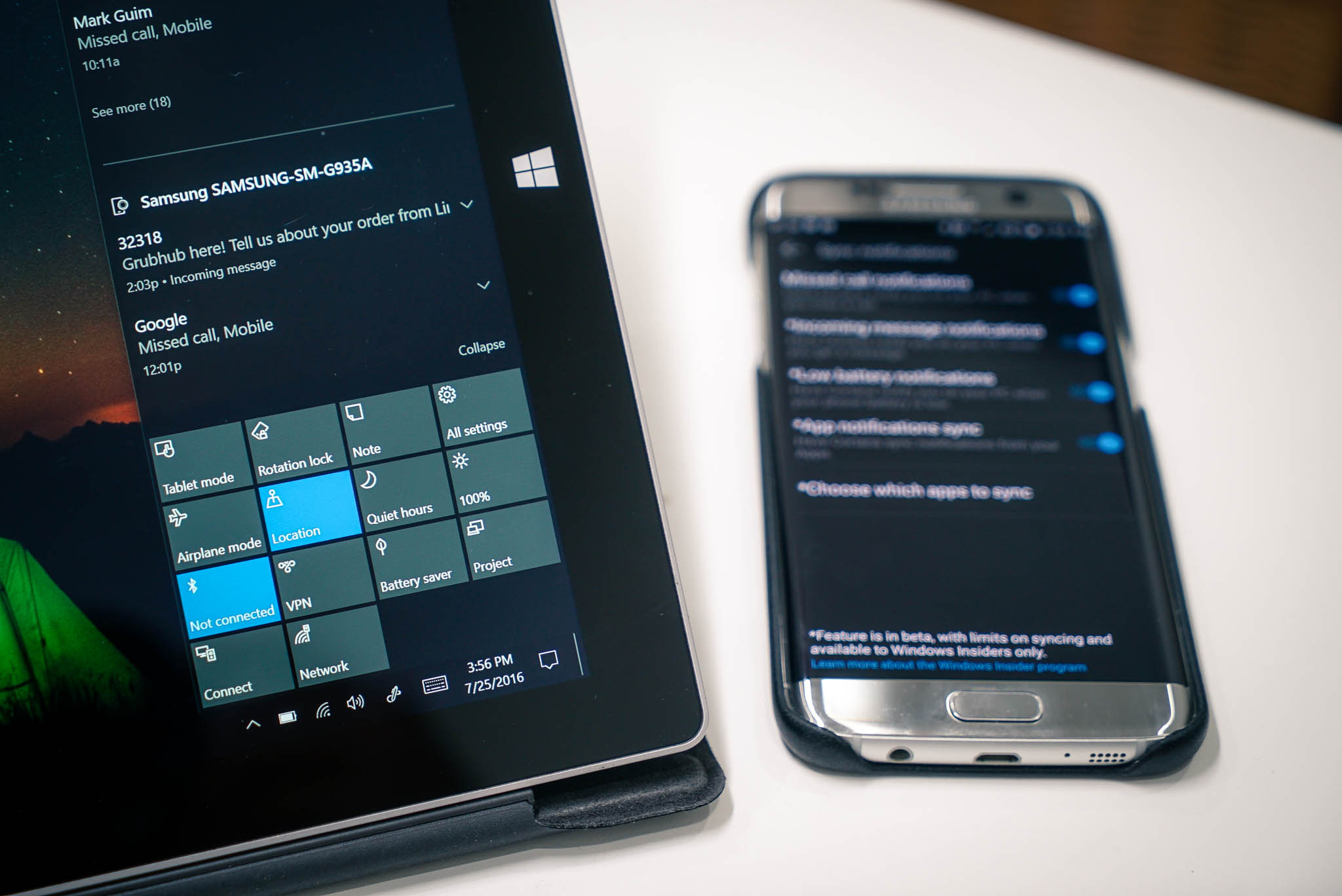
Microsoft is tying Android, and to a lesser extent (due to its closed nature) iOS, into its Windows ecosystem. Through Windows 10 and cloud computing, Microsoft is managing users' digital experiences across devices and making the idea of a personal computer, as in a single device responsible for all or most of our computing, less relevant.
This is the area where I believe Microsoft has the greatest advantage over Apple in the modern computing landscape.
The Windows 10 device family is PCs redefined
The combination of Microsoft's UWP with cloud computing ideally makes the mobility of a user's experience far more efficient than focusing on a single form factor.
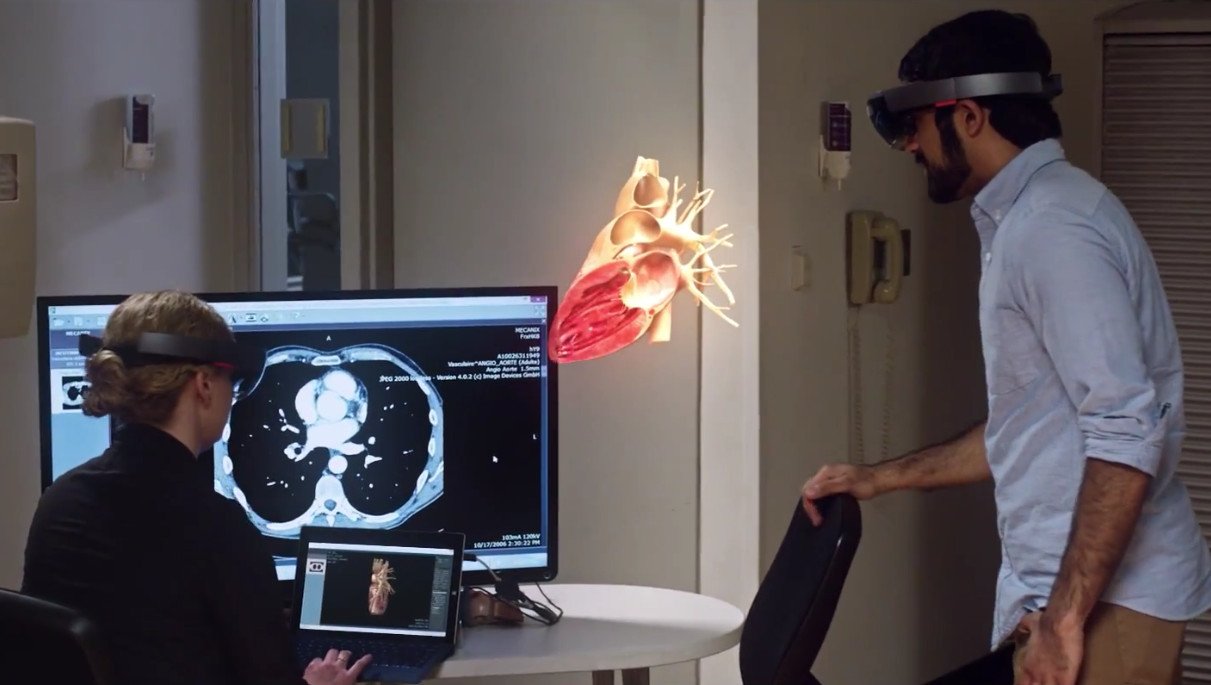
The UWP and digital experiences managed by the cloud give users a common UI and the same app experience across PCs, phones, 2-in-1s and HoloLens. Even Xbox is sharing more in common with the other devices in the Windows 10 device family. This commonality of a shared experience will apply to even new devices that join the Windows 10 family.
The Windows 10 device family provides context-relevant PCs to manage digital experiences.
Microsoft's investments in category-defining devices have made its technologies the platform for the modern age of personal computing that is less tied to a single device. I believe Microsoft's impact on the evolution of the PC, will continue in line with a cloud-based experience that carries user's experiences across multiple computing devices (personal computers) based on a user's context.
Furthermore, I believe personal computing will in time include ambient computing. Ambient computing is a term I use to define a context where mixed-reality glasses and goggles will be used to augment a user's perception enabling him to perceive and interact with a digital plane. This digital plane will be created by an IoT saturated environment in the home, business and public settings. The video below provides a visual of such a scenario:
How Microsoft's mixed reality strategy may augment its Home Hub and IoT visions
PC future is bigger than a laptop with mobile apps
Yes, the PC is evolving, and I believe Microsoft's investments in the UWP, the cloud and mixed-reality better position it to impact that evolution far more than what Apple may offer. We're moving into a personal computing future where multiple devices in our lives will act as "PCs" at different times and in different contexts, while the cloud maintains the consistency of our experiences.
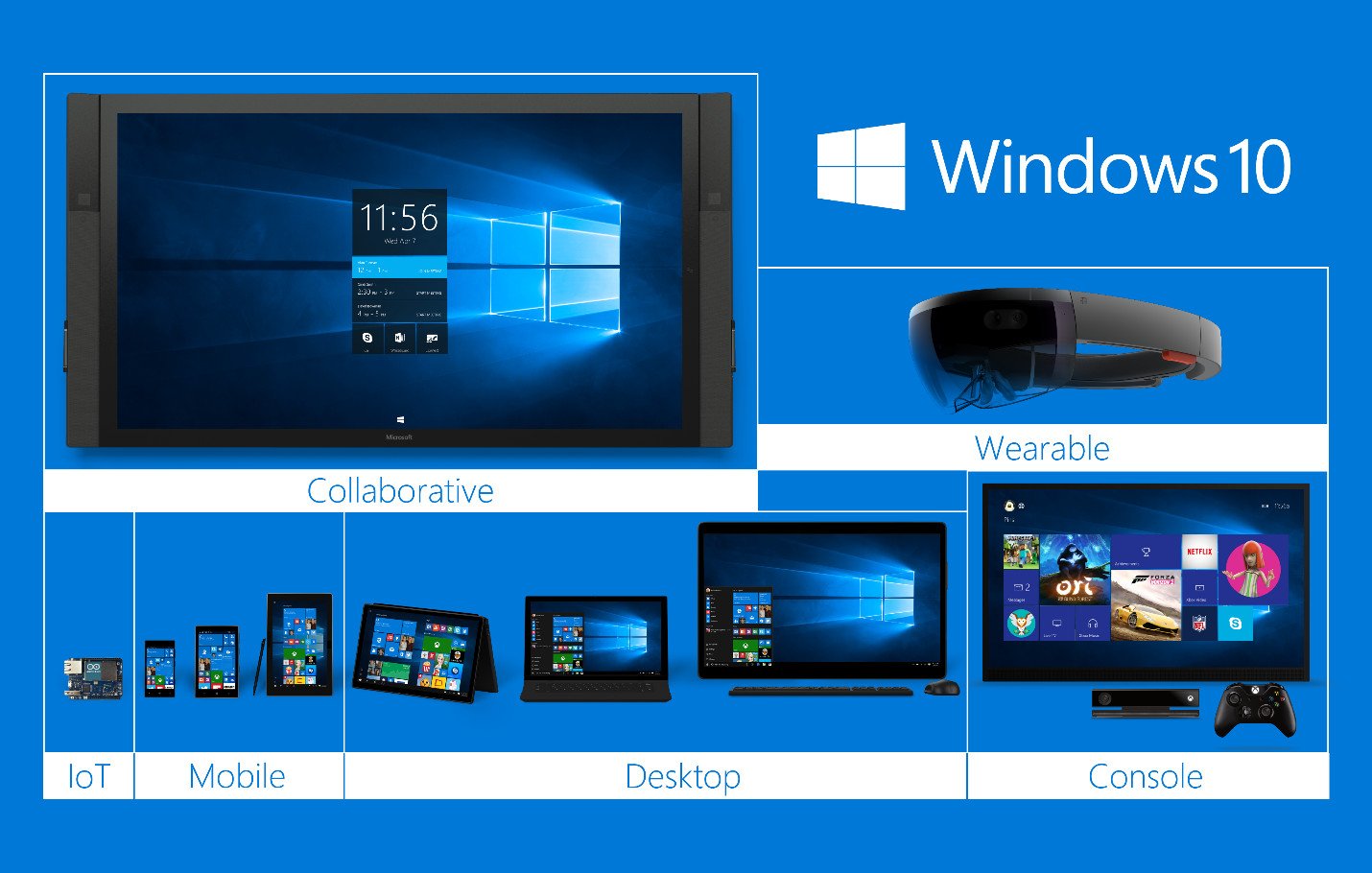
We're entering a future where mixed-reality, in which Microsoft not only leads but which also provides a platform for the industry, will define new ways for users to interact with their digital experiences.
How might mixed-reality and modern PCs augment our interactions with digital content?
I am confident that Mossberg sees personal computing and the evolution of the PC as something beyond the laptop with mobile apps he described (and that Microsoft has already achieved). His piece, admittedly, was addressing a small portion of a much larger reality. The breadth of computing is far broader and is becoming increasingly more complicated than a user in a stationary position interacting with a single device.
It is an experience that we are "submerged" in even now. The digital world engulfs us and our smartphones and PCs act as our vehicles to navigate and windows to perceive that increasingly ambient digital environment. Mixed-reality glasses and goggles, based on HoloLens tech, will eventually be added to the repertoire of other PCs we use and will make navigating that digital plane even more natural.
Microsoft already has mobile apps on a laptop
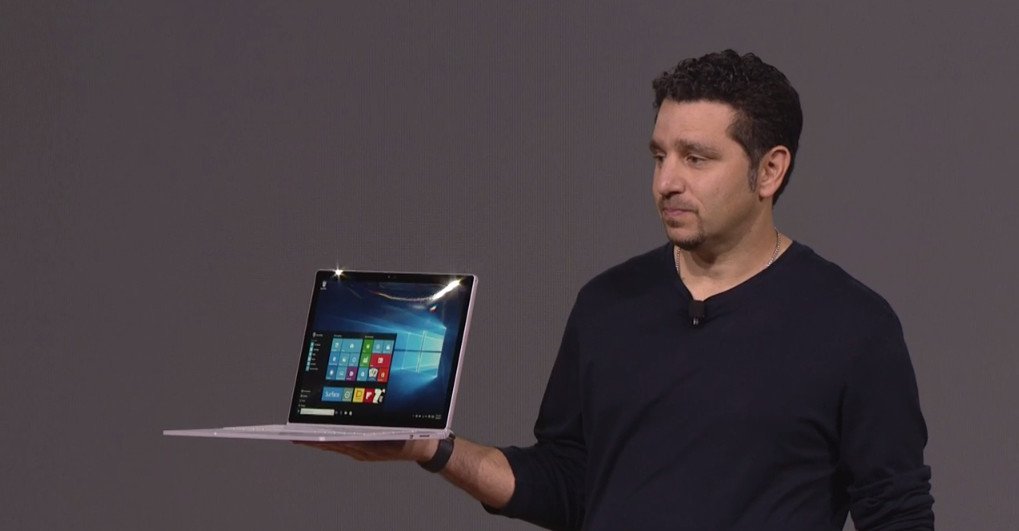
Microsoft already has UWP mobile apps on a laptop. Mossberg hopes Apple will get there. While Microsoft nurtures and improves that achievement it is also pioneering the next steps in the PC's evolution. Mixed reality, Windows 10 on ARM via cellular PCs, and potentially an ultramobile PC with full Windows 10, Cshell and telephony can be seen on the horizon.
As I've said before, CShell is a big deal. If you're not excited by this, you should be.As I've said before, CShell is a big deal. If you're not excited by this, you should be.— Zac Bowden (@zacbowden) February 6, 2017February 6, 2017
It will be interesting to see if Microsoft introduces an intersection of mixed-reality glasses with an ultramobile Continuum- and telephony-enabled Surface running full Windows and Win32 and Store apps.
A synergy of those two modern PC modalities would give users two devices that work in concert as a tablet, full PC (via Continuum), phone and mixed-reality personal computer.
That sounds almost like science-fiction, I know, but so did the phone-iPod-internet device former Apple CEO Steve Jobs introduced as the iPhone ten years ago. Apple combined available technology and changed the personal computing landscape.
As the pioneer of a unified platform, holographic computing and context sensitive hardware and software, and a leader in intelligent cloud computing, Microsoft can do the same.
Advice for Apple
If Apple, within the current personal computing landscape defined by the mobility-of-experiences and context-relevant hardware, puts iOS on a laptop and dubs it a PC redefined, it could potentially seal its reputation as no longer being an innovator. Following that vision would be akin to Apple's mistake of adding a keyboard to the iPad Pro and dubbing it the equivalent of a Windows PC.
Microsoft's personal computing vision, though imperfect and not always optimally executed, embraces and provides the tools for the current and future personal computing landscape.
Today and in the future, the PC is and will be many things. And Microsoft is providing the platform, hardware form factors and pervasive and unifying cloud-computing platform to support the new and evolving age of personal computing. If Apple wants to compete, it will need to do more than put iOS on a laptop and call it a PC redefined.
Related reading:
- Microsoft is serious about hardware, but not for the reasons you think
- A "HoloLens" for everyone; Microsoft is democratizing HoloLens tech
- Getting in touch with creators: how Microsoft is courting Apple's creators
- Microsoft's aggressive push to rule personal computing: cross-platform clouds and alternate realities, Part II
- Microsoft's aggressive push to rule personal computing Part I: Windows 10
- The Internet of Intelligent Things: Google, Samsung, Microsoft, and the new battlefront
- Microsoft's cognitive services and AI everywhere vision are making AI in our image
Jason L Ward is a columnist at Windows Central. He provides unique big picture analysis of the complex world of Microsoft. Jason takes the small clues and gives you an insightful big picture perspective through storytelling that you won't find *anywhere* else. Seriously, this dude thinks outside the box. Follow him on Twitter at @JLTechWord. He's doing the "write" thing!

